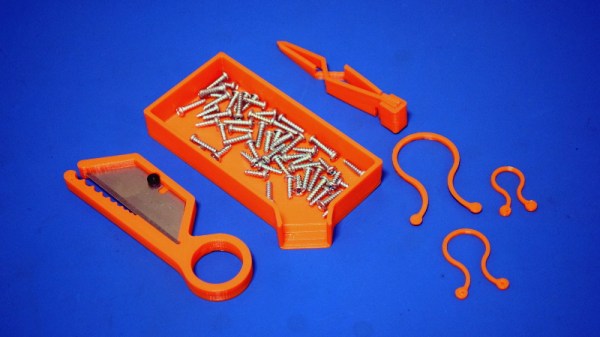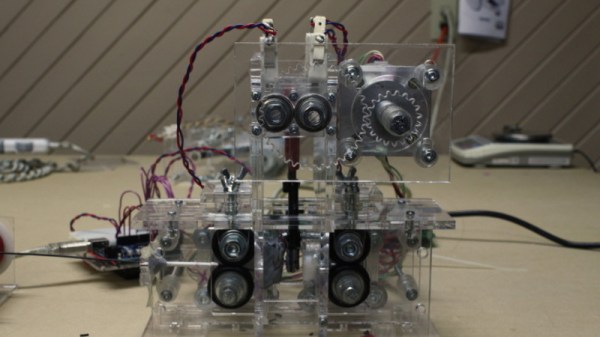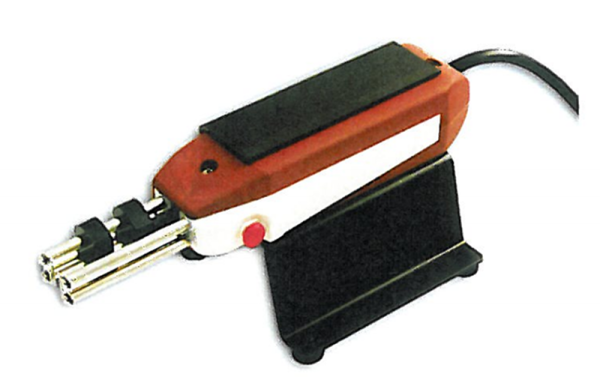Stripping and cutting wires can be a tedious and repetitive part of your project. To save time in this regard, [Red] built an automatic stripper and cutter to do the tiring work for him.
An ESP32 runs the show in this build. Via a set of A4988 stepper motor drivers, it controls two NEMA 17 stepper motors which control the motion of the cutting and stripping blades via threaded rods. A third stepper controls a 3D printer extruder to move wires through the device. There’s a rotary encoder with a button for controlling the device, with cutting and stripping settings shown on a small OLED display. It graphically represents the wire for stripping, so you can select the length of the wire and how much insulation you want stripped off each end. You merely need select the measurements on the display, press a button, and the machine strips and cuts the wire for you. The wires end up in a tidy little 3D-printed bin for collection.
The build should be a big time saver for [Red], who will no longer have to manually cut and strip wires for future builds. We’ve featured some other neat wire stripper builds before, too. Video after the break.
Continue reading “Building An Automatic Wire Stripper And Cutter”
















